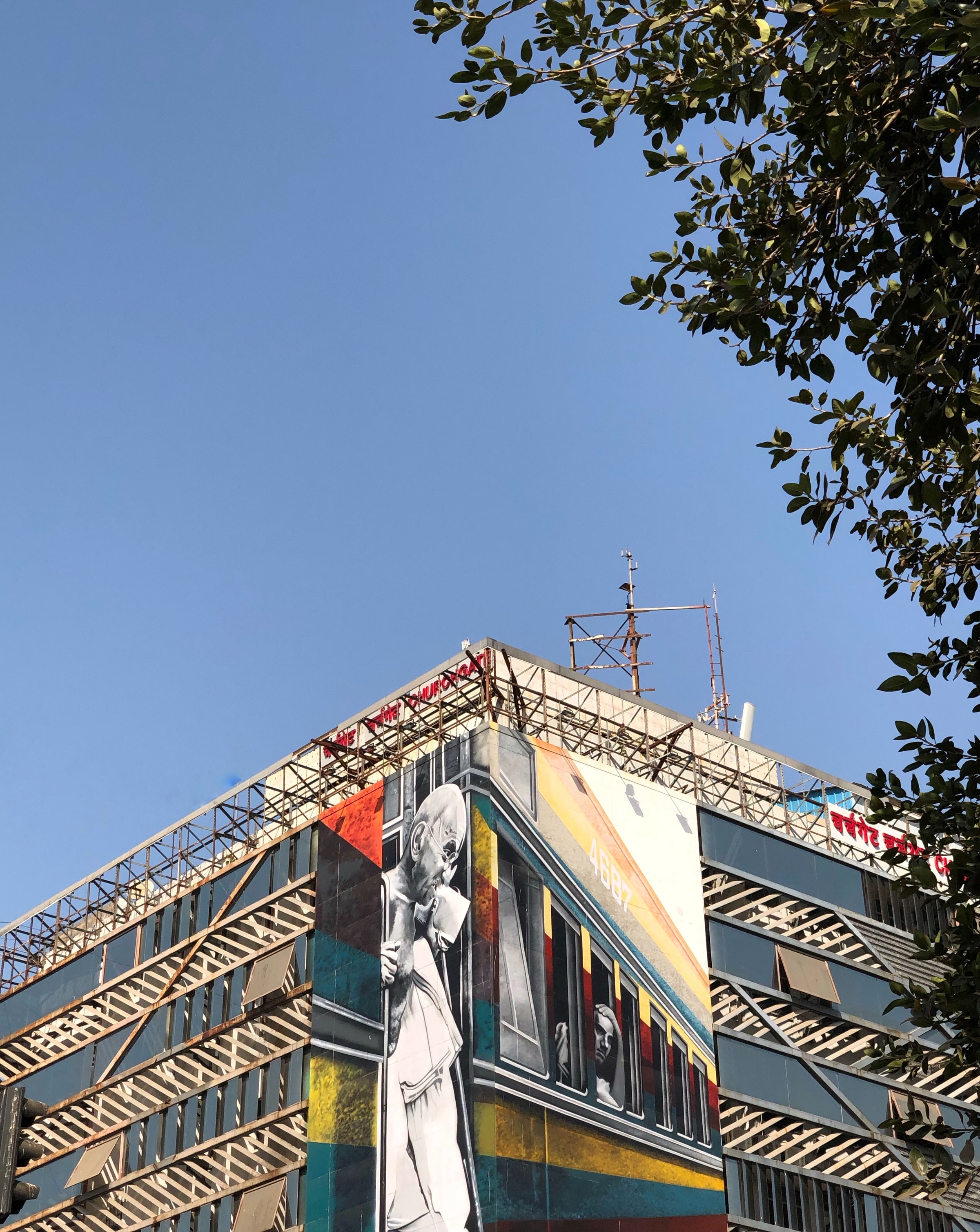Imaging Crises & Resilience
Course Name: Imaging Crises & Resilience
OCW type: Course
Higher Education Institution: Kamla Raheja Vidyanidhi Institute for Architecture and Environmental Studies (KRVIA), Mumbai

Description of course
Aim: The elective approaches issues of resilience through the examination of cultural artefacts, especially those emerging from moving image practices.
Course Objectives:
Through diagnostic processes of contextualisation, systemic and formal analysis and narrativisation the cultural artefacts allow insights into our current presumptions and preoccupations, and help to examine the possibilities of understanding and projecting more resilient futures.
The cultural artefacts chosen dwell upon particular objects (films, poetry, essays) that grapple with some of the environmental, social and economic anxieties of our contemporary world. They mirror some of the geographies reflected in the other electives that run in tandem.
Learning Outcomes:
The intention of the course is to enable students with the ability to critically examine acts of representation. It will enable students to contextualize the work, study its structure and formal characteristics and examine its rhetoric for political and social significance. It would examine the role of the producer, the presumptions of who the audience is meant to be, and the tools deployed, along with a critical analysis of the potentials and pitfalls of the approach deployed.
Course Structure
Course Duration: 10 weeks, 2 hrs (once) a week.
Course Frequency: Every Year
Course Format: Short-term Elective
Course Content
Prerequisites for participation:
A minimum of 10 students from the Postgraduate Program of Urban Design or Urban Conservation.
Course Syllabus:
Week 1. Introductory Lecture. Making Meaning. Modes and Messages
Week 2. Propaganda and Image Making. Films Division India
Week 3. The Third Cinema. The Hour of the Furnaces, 1968, Octavio Getino and Fernando Solanas
Week 4. Nature as the Sublime. Watermark 2013, Jennifer Baichwal, Edward Burtynsky
Week 5. Temporalities. Le Quattro Volte, 2010, Michelangelo Frammartino
Week 6. The Agit Prop Film. The Narmada Diary, 1995, Anand Patwardhan
Week 7. The Post-Human. Leviathan, 2012, Lucien Castaing-Taylor and Véréna Paravel
Week 8. Multi-Media Experiences. The Sovereign Forest, 2011, Amar Kanwar
Week 9. Submission of Assignment
Week 10. Final Discussion
Course Assignments:
The student will each be assigned one cultural artefact to be analysed based on contextual and formal strategies. They would try and excavate the intention of the producer, the presumptions made of the intended audience and the formal strategies used.
Expected time spent on course:
Time spent in hours: 20 hours + 5 hours of selfstudy
Time spent in ECTS (European Credit Transfer and Accumulation System): 1 ECTS
Course Grading
Assessment Criteria and Distribution of Marks:
|
Stages and Details: |
Percentage of Total Mark |
|
Framework for Analysis |
20% |
|
Formal Analysis |
40% |
|
Social and Political Analysis |
40% |
|
Total |
100% |
Course Evaluation
Evaluation Procedure & Criteria:
Deans and Academic advisors evaluate and comment upon the course structure before the course in conducted.
After the course, participant evaluation feedback analysis obtained through ERP is made available to individual faculty.
Faculty Evaluation:
Informal interactions in the studio by way of review of daily progress along with formal evaluation by way of juries as per the above provided course grading.
Student Evaluation:
Standard format by way of a questionnaire is available for the students to suggest their learnings as well as areas in which the course can improve.